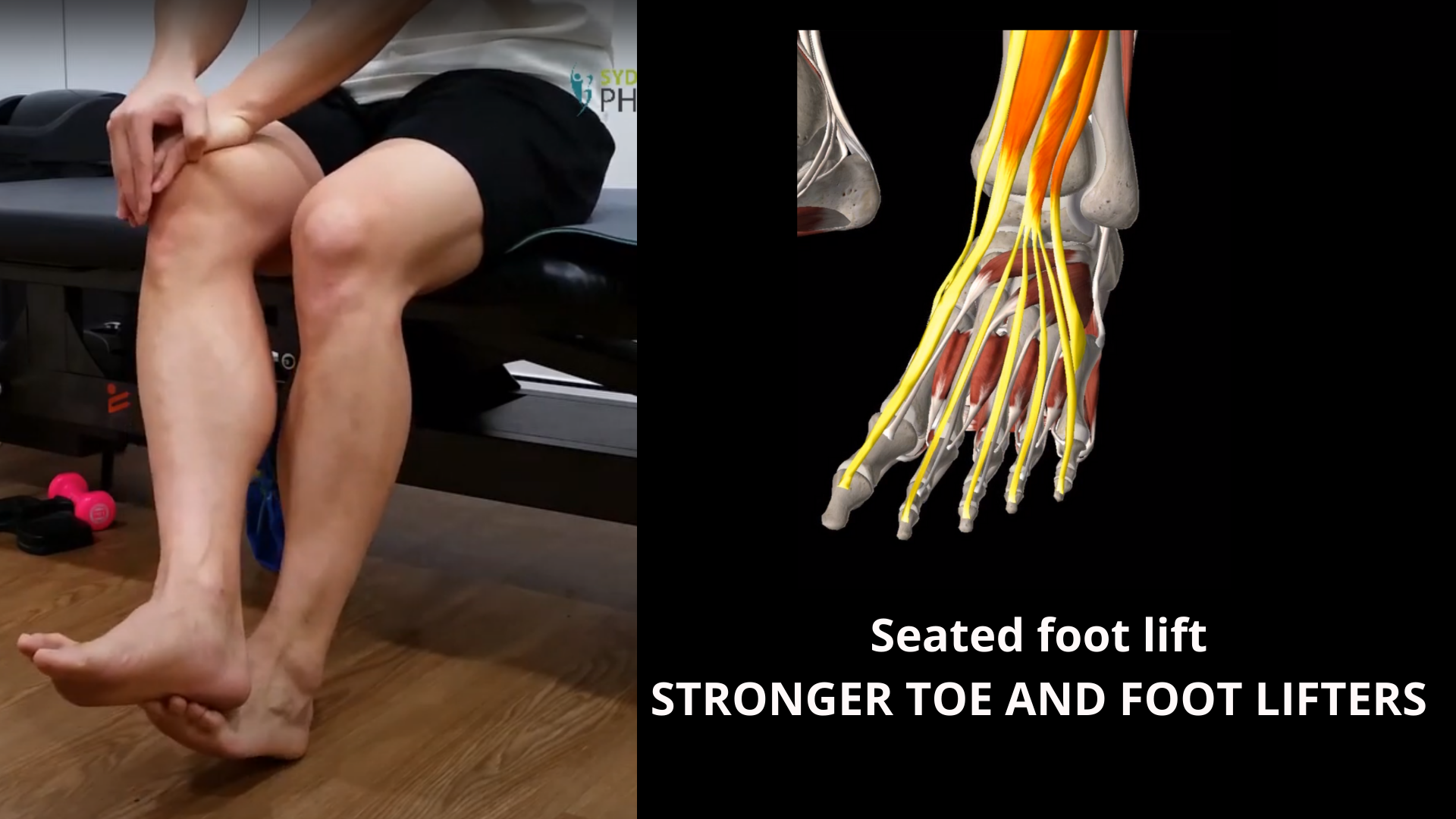Correct squat lifting technique helps you to stay strong
Squat lifting training is a preferred exercise by many because it strengthens all the functional muscles in the body.
When assessing your squat lifting technique, we look at what is driving the pain or discomfort. This blog aims to:
What causes faulty lifting techniques.
How do we assess your lifting technique?
What you can watch out for when you do squat lifts.
What constitutes correct lifting form.
Causes of faulty lifting technique
A poor squat movement stems from muscle tightness, weakness, lack of control, and poor habits. One poor movement by itself may not cause damage. However, habitual repetition of a poor movement over time can cause injury.
As shown in the photo, a faulty lifting technique is when the knees are too far forward and extended past the feet. This compensatory squat form will overactive the back muscles causing pain and discomfort.
How do we assess your technique?
During a squat lifting technique assessment, we look at your movement patterns from the bottom up. We look for muscle tightness, weakness, and compensatory motions. We also examine the depth of the squat, knee position, hip range and stability, lumbar spine control, rib cage (thoracic), and shoulder range and stability.
Bad habits to watch out for: internally rotated hip and pronated foot
As shown in the photo, the collapsed foot arch (left foot) could cause serious compensation further up the body during lifting. A shoulder or back injury through lifting is often caused by a collapsed foot arch.
If you do not have enough control over your hip, the entire leg can turn inwards.
Furthermore, if your hip is stiff, you may start bending too far forward with your knees and tense up your lower back.
Correct overhead squat form
Starting from your ankle, you need about 30 degrees of ankle dorsiflexion (ankle upward bending motion) to squat efficiently. A lack of ankle motion can lead to deviation further up the body. You want to ensure that you allow yourself "fold nicely over your feet" with your knees bent no more forward of your toes. You want a slight forward-leaning of your trunk and keeping the back comfortably straight (not necessarily vertical).
It is important to be able to do a proper squat lift.
Your ability to squat lift represents your physical capability for daily function. We commonly use it to assess our treatment efficacy. We base our treatment directions according to how well you can do a squat lifting technique because it gives us a bigger picture of your movement pattern.














